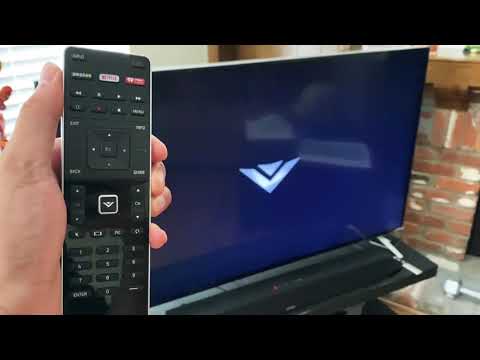How to Stress Test a Graphics Card on Linux

Stress testing a graphics card is a crucial task for any Linux user who is interested in testing the system’s overall stability or in overclocking their GPU. It is a process that puts your graphics card through intense usage, which helps to test its maximum performance and potential.
While Windows users have access to many third-party tools, Linux users have a few tools they can rely on for stress-testing graphics cards. In this article, we will show you how to stress test a graphics card on Linux.
1. Install a Stress Tester
Before you start stress testing your graphics card, you need to install a stress tester. Two of the most popular stress testers are FurMark and GpuTest. You can install FurMark by downloading it from the official website or using the following command in the terminal:
“`
sudo apt install furmark
“`
Alternatively, you can install GpuTest using the following command:
“`
sudo apt install glmark2
“`
2. Run a Stress Test
Once you have installed a stress tester, you can start testing your graphics card. Open the terminal and run the command for the stress tester you installed. In this example, we will use FurMark:
“`
sudo furmark
“`
This command will launch FurMark, and you will see a window displaying the test in progress. The test will typically last for a few minutes, and you will see your graphics card’s temperature and other details in real-time.
You can also use GpuTest to perform a stress test. To do this, run the following command in the terminal:
“`
glmark2 –run-forever
“`
This will start the GpuTest stress test loop, which will test your graphics card’s capabilities continuously.
3. Monitor Your GPU’s Temperature
During the stress test, you need to monitor your graphics card’s temperature to ensure it is operating within safe limits. You can use the terminal command to monitor GPU temperature using any installed sensors. For example, you can use the following command to check the temperature of your graphics card:
“`
nvidia-settings -q GPUCoreTemp -t
“`
This command will show your graphics card temperature, and you can monitor it during the stress test to ensure it does not exceed safe limits.
Conclusion
Stress testing a graphics card is an essential task for any Linux user who wants to test their system’s stability or overclock their GPU. By following the above steps, you can stress test your graphics card on Linux using FurMark or GpuTest. Remember to monitor your graphics card’s temperature during the stress test to ensure it does not operate beyond safe limits.




